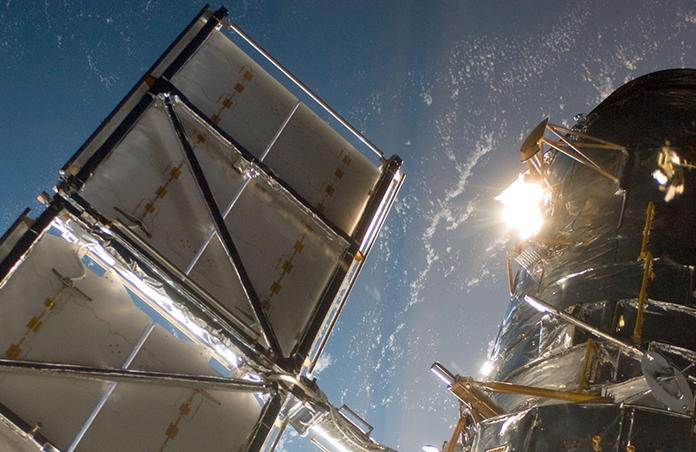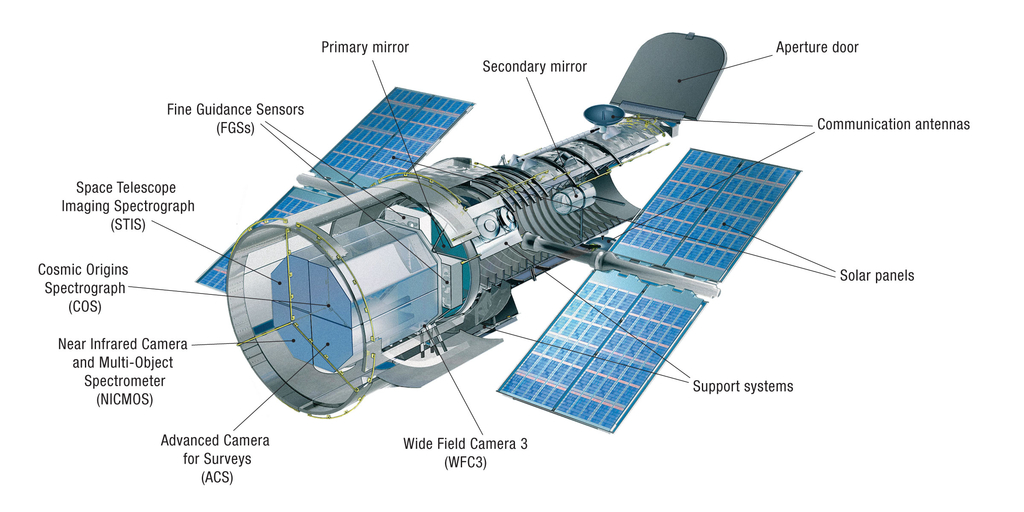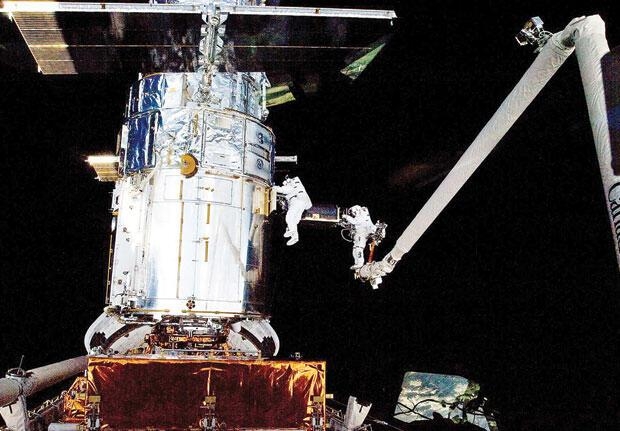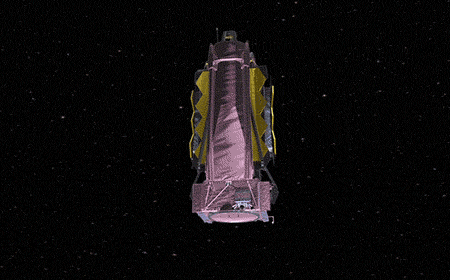What's happening to the Hubble Space Telescope?

After 31 years in space, a glitch in the HST’s computer system has sent the telescope offline for almost two weeks.
On the 16th June, NASA released the news that “operations underway to restore payload computer on NASA's Hubble space telescope”. The payload computer is the device that controls and coordinates all of the HST’s instruments. The main computer, when it stopped receiving signals from the payload, automatically put the cameras, spectrographs and interferometers in a “safe mode”, so that they can easily be restored back to operation once the computer problem is fixed. After a failed restarting of the payload on the 14th, the team of engineers at the Goddard Space Flight Center were hoping to switch to a backup memory module, since they thought the cause of the problem was there.

As you can expect from the title of NASA’s next publication on the 18th, “Operations continue to restore payload computer on NASA's Hubble space telescope”, this attempt was also unsuccessful. A release on the 22nd seems to identify the root of the problem – rather than a computer problem causing the memory errors, it might actually be the case that the telescope’s hardware is responsible. Specifically, engineers believe it might be the Standard Interface (STINT) hardware, which connects the computer’s Central Processing Module (CPM) to other components, or the CPM itself, that caused the issue. In that case, it’s a whole backup payload computer that would have to be switched on.
This backup computer was installed during the last astronaut servicing mission in 2009 with the new Science Instrument Command and Data Handling (SI C&DH) unit (which contains the payload computers), after a SI C&DH failure in 2008. Still, the replacement unit contains original, 1980s hardware. More tests are underway to understand the origin of the problem; note that the previous, manned servicing missions relied on NASA’s space shuttle program that “retired” in 2011 and it is uncertain how a team of astronauts could go and repair the HST.

The HST though, is not quite ready to retire yet. Although the James Webb Space Telescope (JWST) makes many promises, including that it will be 100 times more powerful than the HST, it has yet to be launched and deployed - a key step will be its solar panels, which unfold in an origami-like way. Until then, the HST remains the only tool for astronomers to conduct high-resolution ultraviolet observations, which are important when studying star-formation, as young stars are subject to very energetic processes that provoke the emission of UV light. This is why it has been commissioned for a three-year program called “Ultraviolet Legacy Library of Young Stars as Essential Standards”, or ULLYSES.

If you would like to find out more about the HST’s achievements, NASA has put together a timeline with historical events. Rather than an outdated, obsolete telescope, astronomers like to see it as the precursor for instruments like the JWST; moreover, they observe at slightly different wavelengths, which makes them complimentary – the JWST can go further into the Infrared, while the HST can observe UV light.
All Image Credit to NASA
